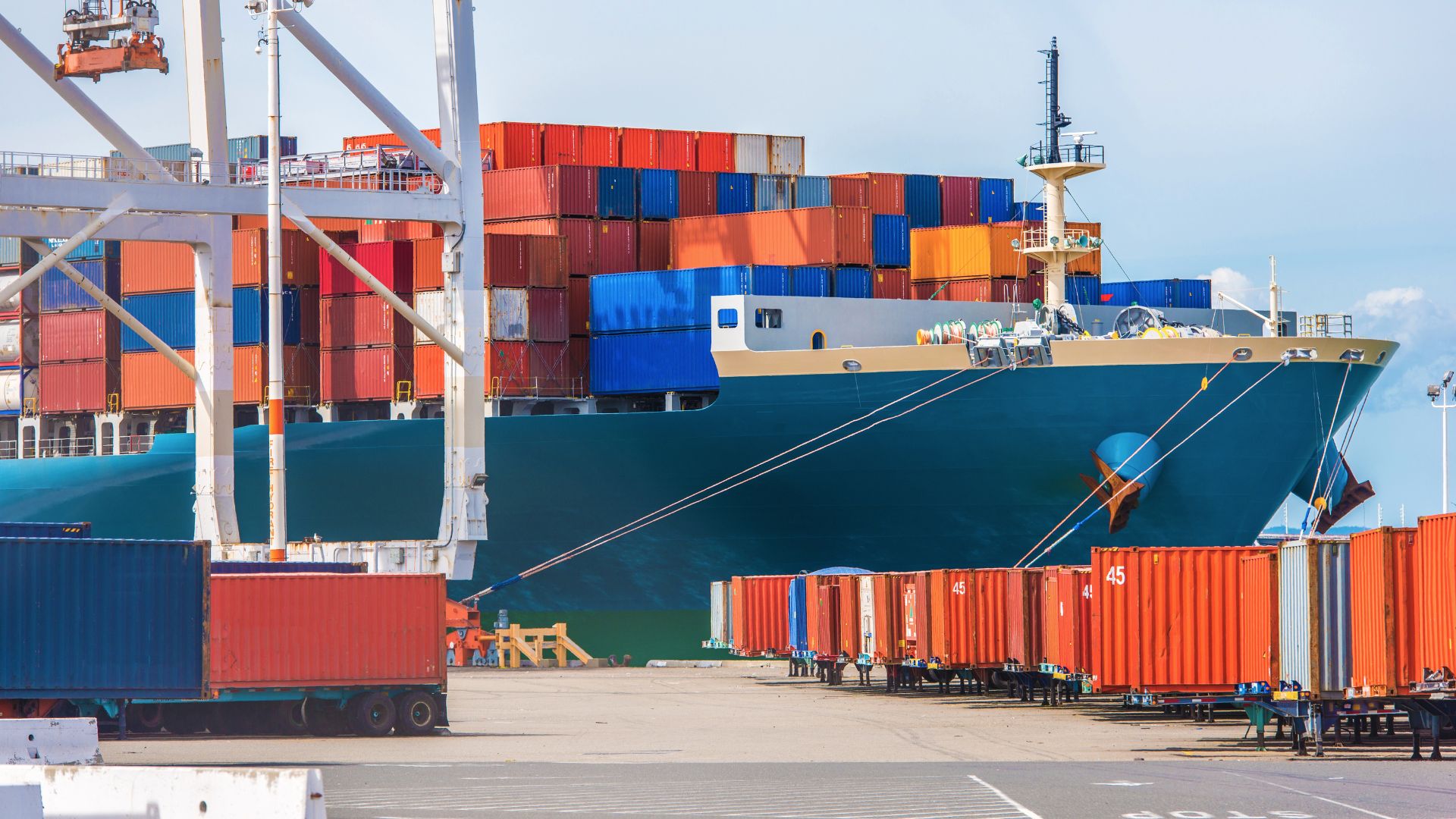Container drayage is a critical link in the supply chain that involves moving shipping containers over short distances, typically from a port or rail yard to a nearby warehouse or storage lot. Drayage operations require a great deal of coordination, but adhering to a few best practices can help ensure freight gets delivered to customers quickly and efficiently
Drayage operators use heavy-duty trucks called drayage trucks or container chassis that are designed to carry and transport large containers. The drivers of these trucks are specialized operators who ferry cargo back and forth between the different locations on the drayage route.
As the nation’s ports become more crowded, operators must ensure container chassis trucks and drivers are actually available. Additionally, in many port environments, drayage trucks must comply with increasingly stringent emissions regulations.
Efficient scheduling of pickups and deliveries is essential to avoid drayage delays and congestion. By optimizing routes and taking into account port fees and terminal operating hours, providers can minimize travel times and cut costs.
Freight-tracking systems that report container movements in real-time can be powerful tools in a drayage environment, slashing idle times and allowing providers to respond quickly to changing conditions.
Inclement weather and labor strife are among the potential disruptors to drayage deliveries. Identifying temporary storage facilities is one way to ensure cargo doesn’t get stranded on the docks or rail yard in the event of a disruption.
At ITG, we understand that it’s important to get products off container ships and into the ports and distribution centers as quickly as possible. Drayage processes can be complex, but our team has the experience and the network to move your freight efficiently from ship to railyard to warehouse – and back again.
Contact ITG today to learn how we can help streamline operations and prepare for contingencies in multifaceted drayage environments.

